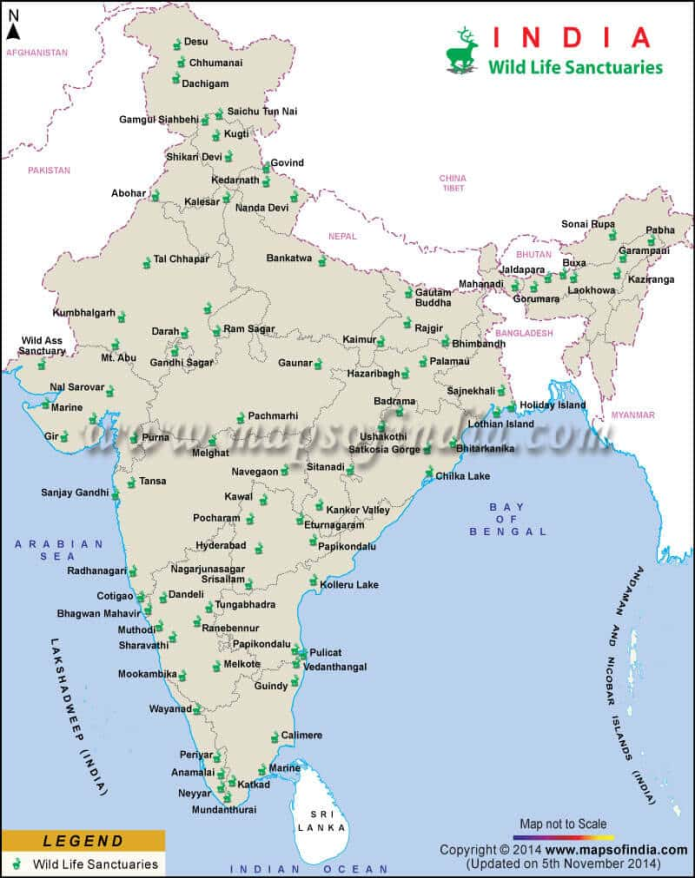Zeilad Wildlife Sanctuary Faces Oil Exploration Controversy
Why in the news?
The Rongmei Naga Council Manipur (RNCM) is opposing proposed oil exploration in Zeilad Wildlife Sanctuary, citing concerns over its ecological balance and the protection of the region’s biodiversity.
Overview of the Sanctuary
- Zeilad Wildlife Sanctuary is located in the Tamenglong district of Manipur, close to the Indo-Myanmar border.
- Established in 1982, it spans 21 sq. km in the Barak River basin, featuring hilly terrain with semi-evergreen and wet hill forests.
- The sanctuary includes a group of seven lakes, most notably Zeilad Lake, which is known for attracting migratory birds and supporting unique fish species.
Biodiversity and Wildlife
- The sanctuary is home to diverse flora, including trees like Michelia champaca, Schima wallichii, and Mangifera indica.
- It serves as a habitat for various wildlife, including tigers, leopards, Hoolock gibbons, the Great Indian Hornbill, and flying squirrels.
- Its lakes support rich aquatic life, such as fish, tortoises, and pythons, contributing to the sanctuary’s unique ecosystem.
Conservation Concerns
- The Rongmei Naga Council Manipur (RNCM) recently opposed plans for oil exploration in Zeilad Wildlife Sanctuary.
- Local communities and environmentalists stress the importance of preserving the sanctuary’s ecological balance, which is crucial to both the region’s wildlife and its people.
- Protecting this area ensures the continuation of its natural heritage and biodiversity, which are vital for sustaining the environment and cultural identity.
Zeilad Wildlife Sanctuary: Key Facts
- Location: Situated in the Tamenglong district of Manipur, near the Indo-Myanmar border.
- Establishment: Established in 1982, covering an area of 21 sq. km.
- Geography: Located in the Barak River basin with hilly terrain and semi-evergreen and wet hill forests.
- Lakes: Comprises seven lakes, including Zeilad Lake (the largest), Guiphuapzei, Nrouzei, Tuangpuizei, Goulungzei, and Napsemzei.
- Flora: Rich in biodiversity with species like Michelia champaca, Schima wallichii, Toona ciliata, Gmelina arborea, Mangifera indica, Messua ferrea, and Castanopsis hystrix.
- Fauna: Hosts diverse wildlife such as tigers, leopards, leopard cats, small Indian civets, common langurs, Hoolock gibbons, Great Indian Hornbills, barking deer, and flying squirrels.
- Aquatic Life: Lakes house marine species, including fish, tortoises, and pythons.
- Ecological Importance: The sanctuary is a crucial habitat for migratory birds and exotic fish species, making it an important biodiversity hotspot.
Major Tributaries of the Barak River:
- Katakhal
- Jiri
- Chiri
- Modhura
- Longai
- Sonai
- Rukni
- Singla
These tributaries are predominantly rain-fed and often contribute to flooding during heavy precipitation.
Sources Referred:
PIB, The Hindu, Indian Express, Hindustan Times
Watch on Youtube : Zeilad Wildlife Sanctuary: A Biodiversity Treasure in Manipur | Rich Flora & Fauna, Conservation




